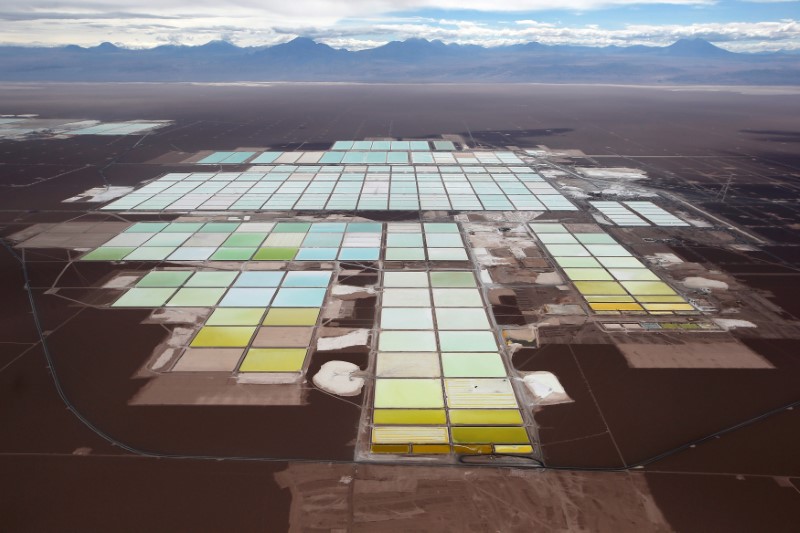Lithium Energy Ltd (ASX:LEL) has received strong spheronisation and purification test-work results of greater than 99.97% total graphitic carbon (TGC) using graphite concentrate produced from its Burke Graphite Project in northwest Queensland.
These purification results described as "exceptional" were achieved with potentially low-cost, environmentally safer, non-hydrofluoric acid processes.
The completed battery anode material (BAM) test-work has defined the process flowsheet requirements to produce high purity 99.97% TGC spheronised graphite material, which will be suitable as feedstock for the battery anode making (BAM) process.
Graphite is an important component of a lithium-ion battery. Regardless of the cathode chemistry, eight times more graphite than lithium is needed on average in a lithium-ion battery.
The company notes the pending Chinese graphite export restrictions, which highlight the importance of graphite from the Burke project as a critical source of BAM for global battery supply chains.
Supports battery anode material facility component of PFS
The spheronising and purification test-work results, conducted in Germany, have confirmed Burke graphite to have the potential to be exceptional feedstock to the BAM market.
The two-product spheronising flowsheet achieved an overall recovery of 63%, which is considered to be extremely positive by reference to general industry standards of between 45% to 55% recovery.
High-quality spheronised material was produced in multiple typical industry-size categories. Two industry standard-sized spherical graphite materials were produced from one graphite flake stream, which introduced wider scope for product marketing.
Results support the battery anode material facility component of PFS
Importantly, this test-work provides the key design criteria metrics to progress the BAM facility component of the current pre-feasibility study (PFS).
The key metrics, including reagent consumption, product size, product recovery and purification conditions that will be used as inputs to the BAM facility process design in the PFS have now been determined.
Looking ahead
With the purification process and criteria identified, sufficient product will be generated at the ProGraphite laboratory to allow electrochemical testing to be undertaken on the Burke BAM.
The electrochemical testing will provide:
- the first cycle efficiency (discharge capacity/charge capacity), which defines the charge efficiency by which electrons are transferred in batteries, and
- the discharge-specific capacity of the anode in a Li-ion battery, which is the maximum amount of energy the battery can deliver under certain specific conditions.
The company notes that these are the key characteristics that will define the ultimate performance of the battery anode material and it expects electrochemical testing results to be completed in the first quarter of next year.
These lab results will also provide design and target data to develop and install a BAM pilot plant, which will allow for further product optimisation and scale-up metrics for production plant design to be determined.
Producing high-quality spherical purified graphite will be a key outcome from the pilot plant. This is to be used in the BAM material pre-qualification process that’s required to secure offtake agreements.
